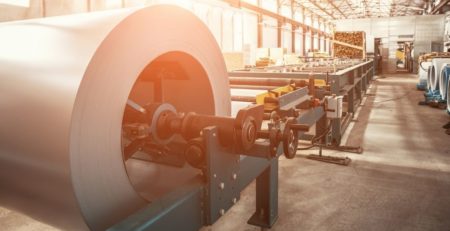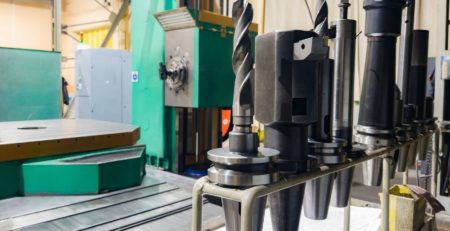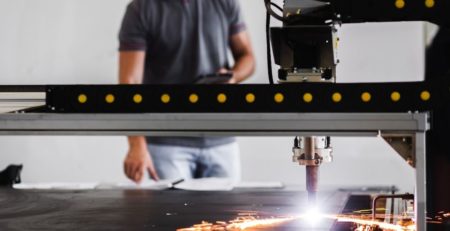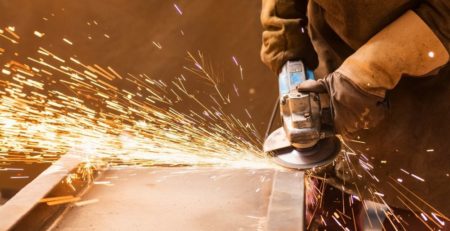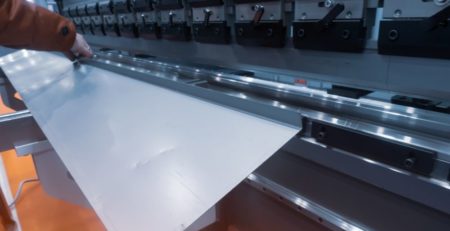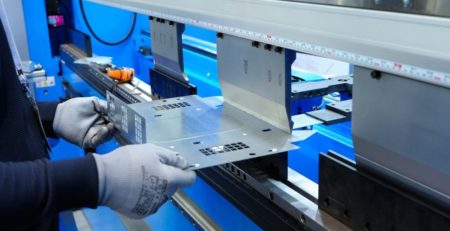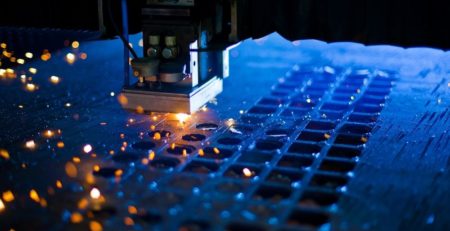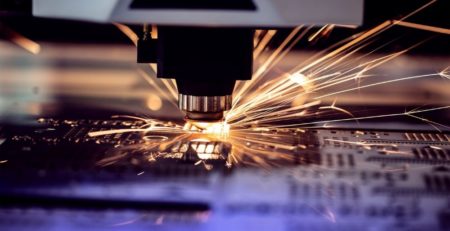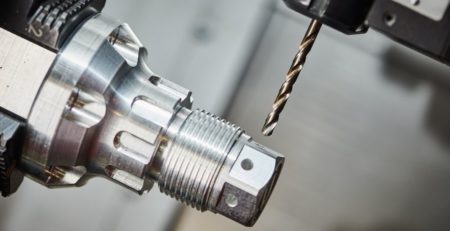What To Know Before You Start Cutting Steel
In the world of metal fabrication, steel cutting is a common yet complex task. It requires an in-depth understanding of materials, precision in execution, and a keen awareness of safety. Review what to know before you start cutting steel. This post will serve as a valuable resource for professional metal fabricators and fabrication shop owners.
Know What Type and Thickness of Steel You’re Cutting
Steel comes in various types and thicknesses, each presenting its unique set of challenges. For instance, stainless steel is harder and more heat resistant than mild steel, making it more difficult to cut. The metal’s thickness is also a vital factor in the cutting process. Thicker materials require more power and time to cut through. So identifying the type and thickness of your steel is the first step toward successful steel cutting.
Choose the Right Cutting Tool
The choice of your cutting tool largely depends on the type and thickness of steel you’re dealing with. Traditional tools like oxy-acetylene torches are effective for a wide range of applications. However, for thicker steels or when precision is paramount, you may consider advanced technologies like 2D laser cutters or plasma cutters.
And when working with structural steel, you may need a beam coping machine to create precision cuts that allow the beams to fit together properly once in place. Each tool has advantages and limitations, so you must choose wisely based on your specific needs.
Be Ready for Burrs and Sharp Edges
Cutting steel can result in burrs when the laser’s heat melts the metal and the auxiliary gas doesn’t succeed in preventing splashes. Laser-cut steel can also have very sharp edges that pose a safety hazard. Incorporate deburring and edge rounding processes into your workflow. These processes not only ensure worker safety but also improve the aesthetics and functionality of the final product.
Employ Proper Ventilation
Steel cutting generates fumes and dust that can be harmful if inhaled. To protect your team’s health, ensure proper ventilation in your workspace. Use exhaust systems where necessary and consider air purification solutions to remove harmful particles from the air.
Wear Protective Equipment
Safety is paramount in any fabrication shop. Workers should wear appropriate personal protective equipment (PPE), including safety glasses, gloves, and steel-toed boots. Additionally, fire-resistant clothing can provide protection from sparks and hot metal fragments.
There’s a lot to know before cutting steel. It involves a deep understanding of the material and the capabilities of various types of cutting tools. By keeping these factors in mind, you can ensure a safer, more efficient, and more successful steel-cutting operation.



